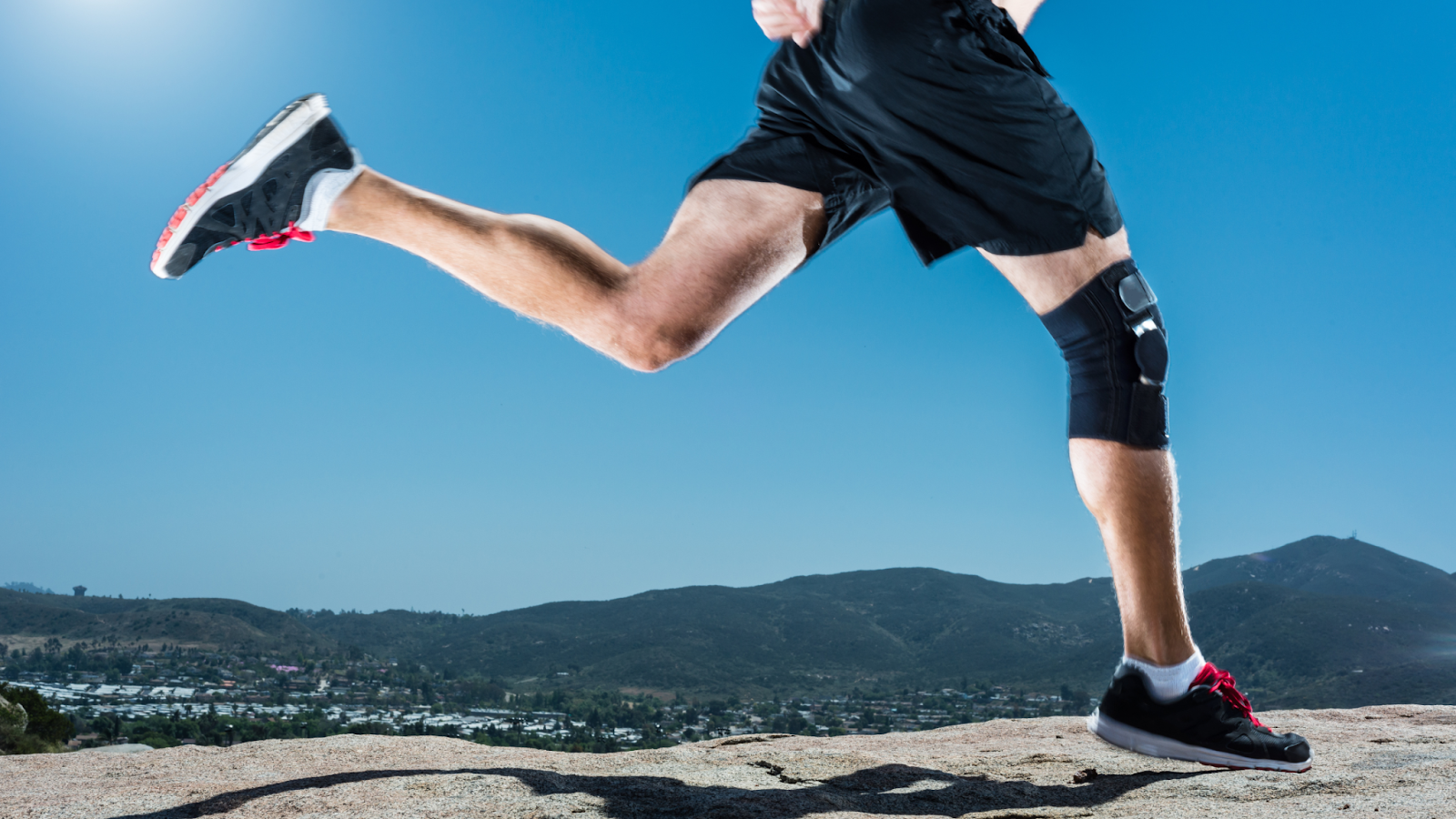Running with bad knees might seem impossible but with the right knowledge, equipment, and approach, it doesn’t have to be. Knee pain is one of the most common complaints among runners, often stemming from conditions like patellofemoral pain syndrome, IT band syndrome, or meniscal injuries. This guide explores practical strategies, including anatomy insights, mental considerations, and expert tips on choosing the right running shoes, so you can keep moving forward comfortably and safely.
What causes knee pain?
Understanding the root cause of knee pain is crucial for addressing and mitigating it effectively. The knee joint is a complex structure involving bones, cartilage, ligaments, and tendons, all of which can be sources of pain when irritated or injured. For many runners, knee pain is often the result of repetitive stress and impact, which can lead to conditions such as:
- Patellofemoral pain syndrome
- Iliotibial band syndrome
- Or meniscal tears
Identifying the specific issue is the first step toward finding relief and implementing appropriate strategies.
Understanding the anatomy of your knee
The anatomy of the knee plays a significant role in how injuries occur and how they can be prevented. The knee is a hinge joint that allows for movement in one plane, but it is also subject to rotational forces and lateral stresses. This makes it vulnerable to overuse injuries, especially in runners who consistently subject their knees to high-impact forces. Factors like muscle imbalances, improper footwear, and poor running form can exacerbate the stress on the knee, leading to pain and discomfort. By understanding these mechanics, runners can make informed decisions about their training and injury prevention strategies.
A holistic approach to knee pains
In addition to the physical aspects, psychological factors can also influence knee pain in runners. Fear of re-injury or ongoing pain can alter a runner’s gait and biomechanics, potentially leading to further issues. This highlights the importance of a holistic approach to managing knee pain, considering both the physical and mental aspects. Addressing knee pain comprehensively involves not only treating the symptoms but also understanding and mitigating the underlying causes.

Choosing the Right Running Shoes for Bad Knees
The choice of running shoes plays a pivotal role in managing knee pain and ensuring a comfortable running experience. Proper footwear provides the necessary support, cushioning, and stability to mitigate the impact forces that contribute to knee pain. When selecting running shoes, it’s important to consider factors such as:
- Foot arch type
- Pronation
- And the level of cushioning required
Visiting a specialty running store for a gait analysis can provide valuable insights into the best shoe options for your specific needs.
What to prioritize in running shoes when you have bad knees?
- Runners with bad knees should prioritize shoes with adequate cushioning to absorb shock and reduce the impact on the knees. Look for shoes with features such as gel inserts, air pockets, or foam cushioning designed to provide extra comfort and support.
- Additionally, stability shoes can help control excessive pronation, a common issue where the foot rolls inward excessively during the running stride. Proper alignment and support can alleviate undue stress on the knee joint and reduce pain.
- It’s also important to consider the lifespan of running shoes, as worn-out shoes lose their cushioning and support over time, increasing the risk of knee pain. Most running shoes need to be replaced every 300-500 miles, depending on factors such as running surface, body weight, and running style. Regularly inspecting your shoes for signs of wear and tear can help you determine when it’s time for a replacement.
Investing in the right pair of running shoes can make a significant difference in managing knee pain and enhancing your running experience.
Running with knee pain isn’t about pushing through but about running smarter. By understanding the mechanics of your knee, identifying the root causes of discomfort, and investing in the right footwear, you can reduce pain, improve performance, and protect your joints for the long haul. Remember, every runner is different, and managing knee pain requires a tailored, holistic approach. If you’re looking for motivation, support, and expert advice, join our running club today! Whether you’re bouncing back from injury or just starting your journey, our inclusive community is here to help you stay strong, run safely, and enjoy every mile.














